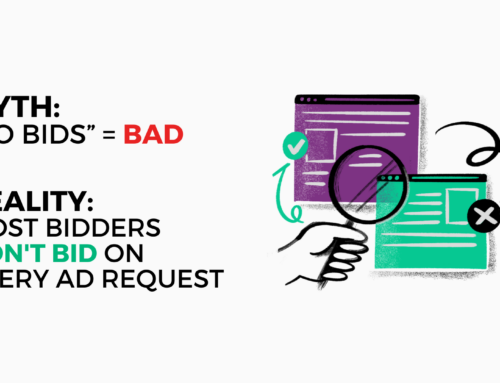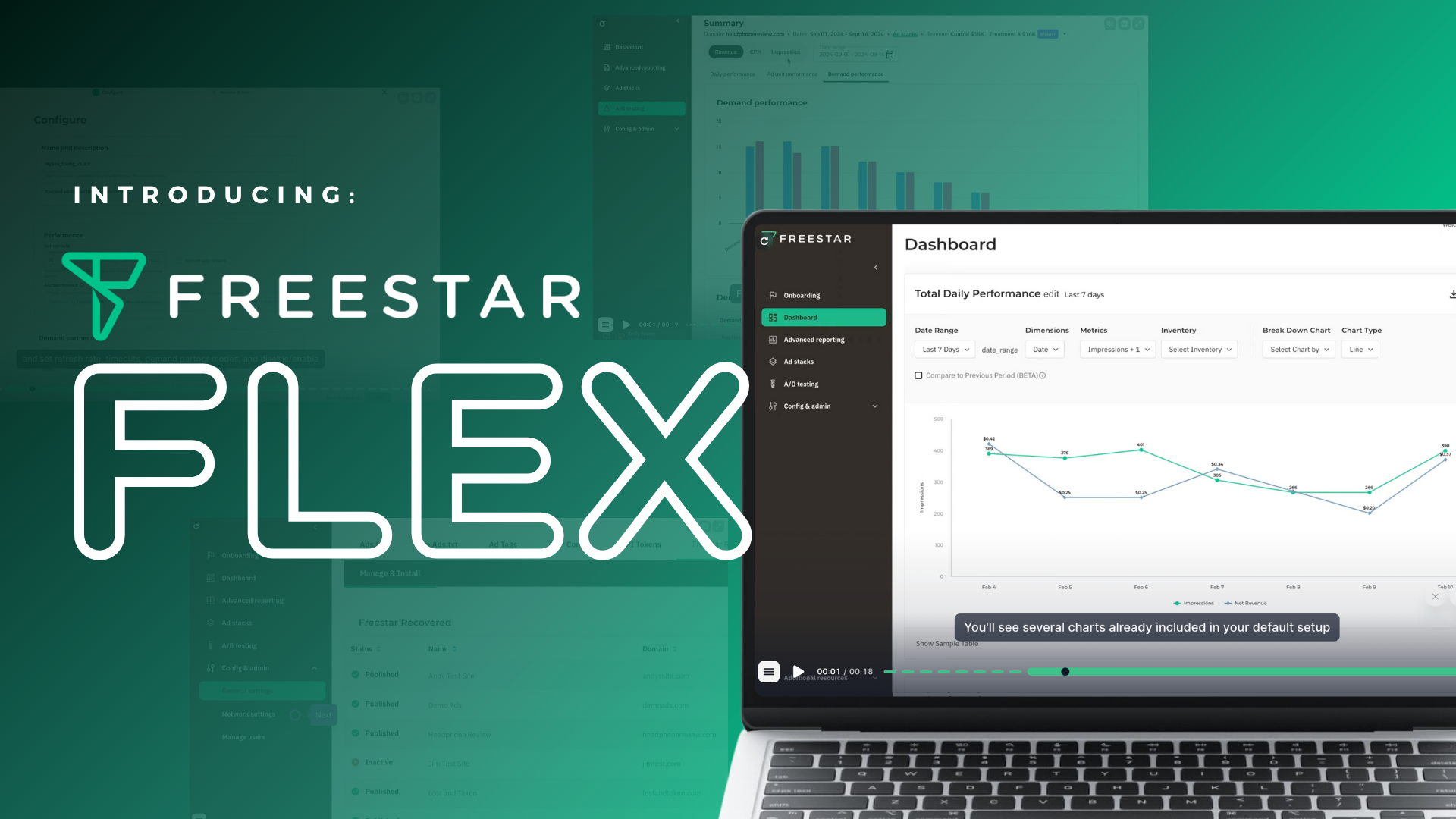To say that we use our mobile devices for everything is an understatement. Mobile phone usage has increased dramatically over the past few years, and somehow, it will only continue growing.
As you already know, speed is essential to mobile browsing, so optimizing for that speed is the top priority for mobile web developers. While several frameworks and strategies have been implemented and experimented with to increase page load speed, the increasing demand for quick content only begs for even faster speeds.
That’s why Google launched its Accelerated Mobile Pages (AMP). AMP is an open-source library allowing web pages to load almost instantaneously on mobile browsers. It was meant to pave the way for faster speeds by changing how publishers design mobile web pages.
While AMP has proven worthy enough to be adopted by web giants (think New York Times and even eBay), this new framework for faster mobile web pages comes with its unique problems—monetization—among a few others.
In this article, we will dive into the world of AMP so you can understand what makes it tick and what the future holds for mobile web pages.
Read on to learn more.
Let’s Talk About Real-Time Config (RTC)
For starters, AMP wouldn’t be as widely accepted as it is on the open web if publishers couldn’t monetize their page views significantly.
As previously mentioned, monetization was one of the biggest problems with this new framework. There was no way any publisher in their right mind would take the initial tradeoff—which would have been trading mobile ad revenue for gradually measured pageviews managed by Google.
So, the great minds in charge of the AMP framework developed Real-Time Config (RTC) to add a little oomph to AMP’s monetization potential.
RTC is designed so publishers can call upon up to five vendors to request bids within one second or less. Thanks to RTC, publishers can now connect to five different header bidding partners simultaneously to monetize their AMP pages more effectively.
AMP Header Bidding: How Does it Work?
The AMP framework limits custom third-party JS tags, making it so difficult for publishers to monetize their AMP pages alone. Moreover, it makes it impossible for publishers to run a heading bidder campaign as they would with their regular desktop websites.
As mentioned above, RTC allows that monetization to happen via five demand partners. However, five demand partners are only a tiny fraction of the demand partners publishers could get when working with regular web pages.
So, how can you increase the demand for your AMP?
You would have to use a header bidding wrapper to increase the demand. Using a wrapper, publishers can connect to multiple demand partners while taking care of their analytics and reporting.
Additionally, the wrapper must specifically support RTC and use server-side biddings to run header bidder auctions successfully.
Here’s how a heading bidder wrapper that supports the RTC framework works:
First, the AMP ad element must be defined to send a single call to the wrapper’s server. In this case, it would be the prebid server used with RTC.
From there, the server will conduct the server-side header bidding auctions. At this time, it’ll return any key values meant to target the AMP runtime. AMP runtime is part of JS that gets loaded into the header of every AMP page. This aims to enable the implementation of custom AMP elements, such as AMP ad elements, and prioritize and manage resource loading.
This is very convenient for the publisher as it saves them from dealing with any development and implementation work that traditionally comes with setting up a header bidding wrapper.
Header Bidding Wrapper Vs. RTC
It’s easy to get caught up in choosing between a header bidding wrapper or RTC. This concept can be confusing for publishers that aren’t yet familiar with AMP, especially since the header bidding wrapper would have to be able to support RTC to be successful.
So, when it comes down to choosing one or the other, which one should you choose?
There are a few more benefits to using a header bidder wrapper than RTC, unlike traditional client-side and server-side header bidding. However, as mentioned, you can’t use a header bidding wrapper without RTC. So, the real choice comes down to using RTC alone or the header bidding wrapper and RTC combination.
Using the RTC to connect to a header bidding wrapper is much more powerful as it can call upon more demand partners. However, for smaller publishers just starting or choosing to work with a lighter pool of demand partners, using RTC alone is the better option.
Of course, a header bidding wrapper can provide that even for smaller publishers that need features such as reporting and overall easier manageability.
Freestar Acquired Triple13
In case you haven’t been paying attention to ad tech news, a huge announcement was made in late 2021: Freestar acquired Triple13.
Freestar started on a mission to simplify the common challenges publishers face when monetizing their websites and apps. The company developed the ideal combinations of programmatic header bidding, private marketplace deal-making, and a universal analytics platform. These things have helped publishers and others maximize their revenue potential, reaching more than 70% of all US internet users every month.
This has also provided ample opportunities for advertisers to reach their target audiences more efficiently and at a much larger scale.
Additionally, Triple13 was a team of programmatic monetization specialists based in London. They were founded in 2019 and quickly became the best-in-class AMP monetization solution as it designed its proprietary Prebid server solution. They also developed an even more efficient price flooring algorithm that optimizes revenue across all digital advertising formats.
The merger of these two companies, which began in early December 2021, is the ideal partnership. By acquiring Triple13’s technology, Freestar can seamlessly power monetization through a more efficient platform, which will only bring the company closer to its goal of becoming the best and most comprehensive partner for monetization for digital publishers.
Next Steps
If you’re new to AMP monetization, take our advice and start with a header bidding wrapper. Using RTC alone won’t be as effective in maximizing your revenue potential.
Remember that AMP is continuously evolving as it’s still a relatively new feature. So, if you need to monetize your video ads or help manage other complicated features, contact us today.





